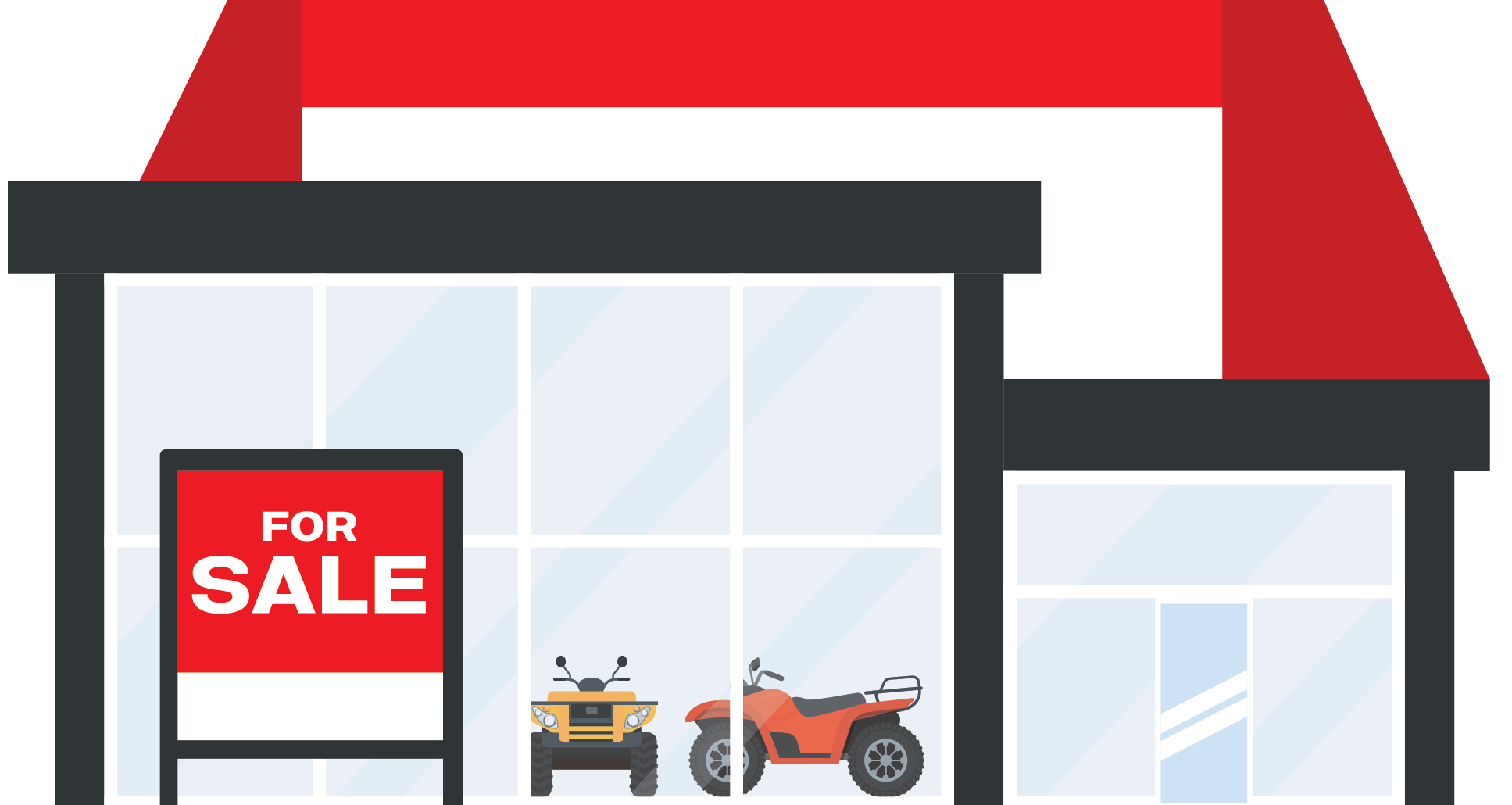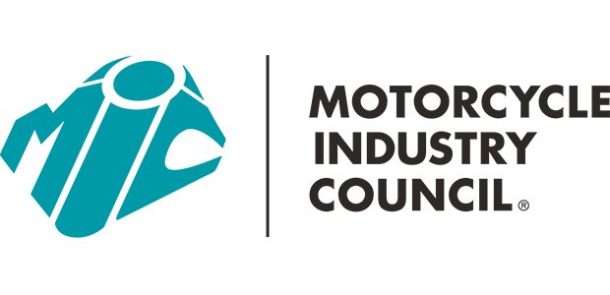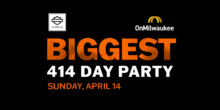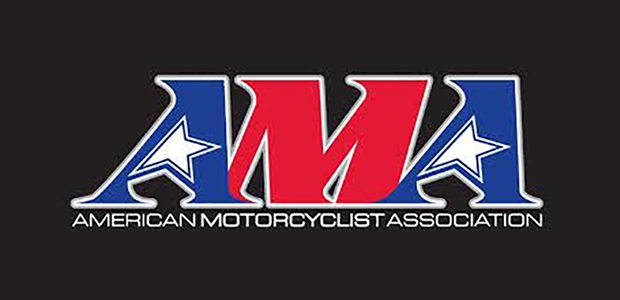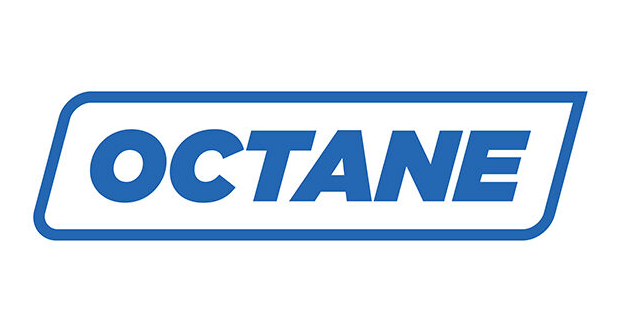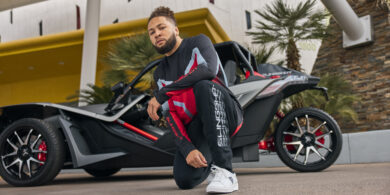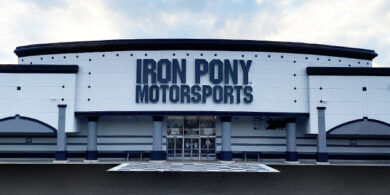What to look for in retailing for 2014 and beyond
 I recently attended a seminar put on by the Association of Retail Environments (ARE) called Shop Talk, in my town of Seattle. The Shop Talk session grouped retailers, display suppliers and retail planners in the Seattle area together to share information on what is happening in retail and creating retail environments.
I recently attended a seminar put on by the Association of Retail Environments (ARE) called Shop Talk, in my town of Seattle. The Shop Talk session grouped retailers, display suppliers and retail planners in the Seattle area together to share information on what is happening in retail and creating retail environments.
The event was sponsored by REI and Callison, one a large retailer of outdoor goods and the other a large international retail design company. Both are based in Seattle and both have influence with mainstream retail environments. Unfortunately our type of retail in powersports is not always in the loop with retail trends or the strategy that is being used to create stores that sell and provide a higher ROI.
Let me share what I learned. Many of these things are common sense; many relate to engagement, ROI and relevance of your store or brand to consumers. Bottom line, if your store is unchanged over the years, and your products are bland and generic, watch out, your future is dim! These are my notes:
Space
• Stores that are inspirational to sales — Shopping environment is inspired, not tired.
• Flexible spaces — Don’t have any fixed showrooms; keep it easy to change.
• Smaller footprint stores — ROI drives this. It speaks to big box stores; they are going away.
• Demand for ROI — Retail showroom strategy.
• Merchandised by lifestyle — Duh! I have preached this for years.
• Custom merchandising
• Texture, expanded metal in materials
• Equipment audits through energy bills — Can your power company help you decrease energy use?
• Engaged window displays — Use digital interaction.
• Exterior digital — Motion technology
• 3D holograms — This is clearly for sophisticated stores, or is it? What if you could have a bike with a hologram that could be shown in different configurations? You could have a smaller focused showroom, not a warehouse.
Tech
• Tablets in stores/touch tech in stores — Customers can search and read about products.
• Use of heat mapping — Where are the hot spots in your store?
• Mobile checkout — I just want this oil filter; I really don’t want to wait.
• Scanable in store products for quick checkout
• Use of phone apps — Apps can link to store products and merchandising.
• Motion marketing to attack attention — Motion sensors canactivate technology.
• QR codes for shopping lists — Think of a list you could create for bikes with accessories or winterization lists.
Customers and personal touch
• 93 percent of customers are dissatisfied with customer service performance. Boosting customer service is the best strategy.
• Specialized customer service — Customers’ needs and info create sales.
• Personal shoppers — Great for accessories staff. I personally handled customers when I worked in the Harley-Davidson store. Great strategy.
• Specialized customer service via app — Apps could be used to create specialized profiles.
• Ego appeal to shoppers — People love to be associate with products that make them feel good or appear to be their image of themselves.
• Personalization of products — You can order Nike shoes your way.
• Gift wrapping year-round
• Create a consumer advocate brand with an in-store photo booth to let customers share their love of your brand or brands in your store for others to see.
• Local appeal
• Locally relevant news on coffee sleeves or receipts
• Everyone wants to feel important.
You may not be in a position to utilize the tech, but the emphasis on customer service is important. These retailers know they have a problem with poor customer service; they have a labor system of avoiding paying benefits to employees by having a pool of part-timers. Part timers can’t develop a proper relationship with customers, and this and lack of focus on personnel quality has cost them sales. We can all benefit from a boost in how we care for customers, and it’s in our control. Take care in how you speak with, interact with and react to customers.
Reminder: Truly the brick and mortar retail is not dying! It is however, evolving, and retailers are working aggressively to keep and gain customers. I hope we will to. Change is certain; we have to adapt
Remember this, Black Friday is coming.
Jennifer Robison’s career began in 1987 when she served as a service writer/parts sales for a high-end import auto dealer before becoming one of the first generation of Harley-Davidson Motorclothes managers at a Northwest dealership (1991-2000). From 2002 on, Jennifer has been with Tucker Rocky Distributing. Jennifer has educated the Tucker Rocky sales force and dealers about the powersports apparel business and powersports retailing. Jennifer’s expertise is in powersports retailing, merchandising and display, promotions and in-store marketing. She has lectured and written about powersports retailing and continues to perform dealer educational workshops and seminars across the United States.
Contact: jrobison@tuckerrocky.com
Website: www.tuckerrocky.com

